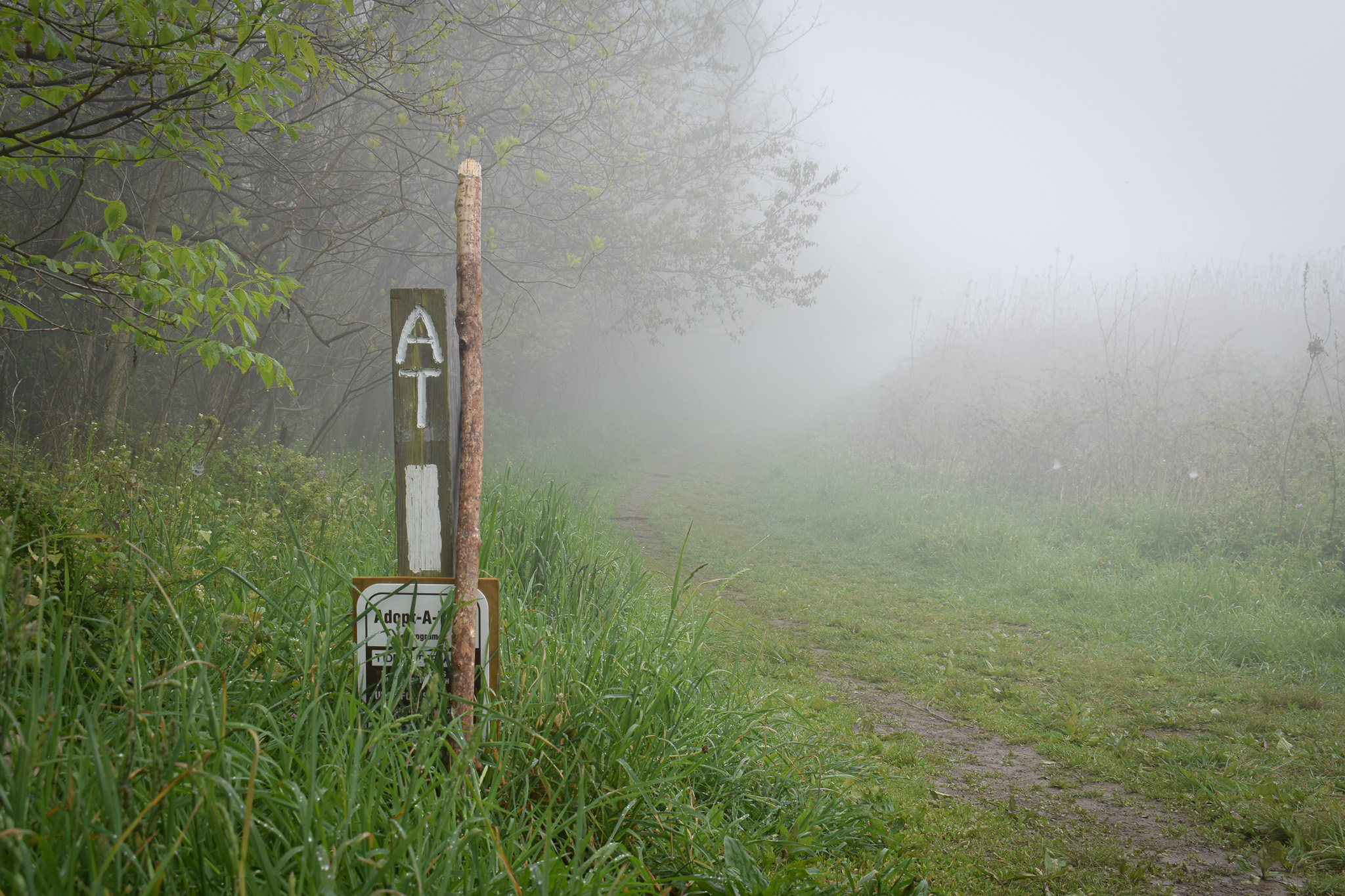
A New Bill in the House of Representatives, HB 9159, or the Appalachian Trail Centennial Act, aims to celebrate and provide structure to the Appalachian Trail as well as other National Historic and National Scenic Trails.
HB 9159 makes several key points: firstly, it would designate the Appalachian Trail Conservancy (ATC), currently the primary organization responsible for trail management, as the official non-governmental partner for the Appalachian Trail. It would also establish a process for designating partners of other trails in the National Scenic and National Historic Trails systems. Finally, it would solidify the rights and responsibilities of these NGO partners regarding their designated trails.
The proposed legislation establishes the following official responsibilities of the ATC:
- acquisition of land for a covered trail;
- construction and maintenance of a facility or other improvement on, across, or along a covered trail;
- the provision of services for a covered trail;
- conceptual development of a covered trail;
- maintenance of the treadway of a covered trail;
- conducting a research project relating to a covered trail;
- the provision to volunteers of education and training relating to methods of planning for, construction of, and maintenance of a covered trail; and
- the stewardship of natural, cultural, or other resources associated with a covered trail.
Although these responsibilities are already largely done by NGOs, the legislation would formalize this process and allow these NGOs to apply for federal grants to complete these responsibilities. The legislation also requires these NGOs to measure visitor use, as some already do, and monitor trail conditions. This will ensure a safe and preserved trail for visitors now and in the future.
This legislation is important because it would acknowledge and cement the ATC’s role in the maintenance and preservation of the Appalachian Trail and expand that model to all other National Historic and National Scenic Trails in the US. For example, the Pacific Crest Trail is currently managed by the Pacific Crest Trail Association through a memorandum of understanding, essentially a gentleman’s agreement. This new legislation would allow for that agreement and other similar agreements regarding trails to be formalized into law.
The Appalachian Trail is a nearly 2,200-mile-long hiking and recreational trail that traverses 14 states on the crest of the Appalachian Mountains, starting at Springer Mountain in Georgia and ending at Mount Katahdin in Maine. The trail is used by over three million people annually, with about three thousand people hiking it end-to-end per year. The trail features 250 shelters located roughly one day’s hike apart, numerous overlooks and scenic viewpoints, as well as a network of hostels and outfitters. The Appalachian Trail has established a unique culture among locals united by the trail and people from all backgrounds attempting to hike the trail in its entirety.
In 1968, the Appalachian Trail was designated as a National Scenic Trail, putting it under the jurisdiction of the National Park Service to maintain its scenic beauty and functionality. The National Scenic Trails system was supplemented with National Historic Trails in 1978, intended for trails with historic value but not necessarily for end-to-end travel, such as the Oregon Trail or the Trail of Tears.
The Appalachian Trail is primarily managed by the Appalachian Trail Conservancy, or ATC, an NGO that connects the government, other partners, volunteers, and visitors. The ATC is volunteer-run and performs trail maintenance, manages events, and provides information regarding trail conditions. The ATC was founded in 1925 and was a driving force in getting the trail officially designated as a linear park area in 1968.
Scenic America strives to protect the scenic qualities of the United States, including these revered, historic trails. This bill ensures their protection and provides continuing support so that we can enjoy our National Historic and National Scenic Trails for decades to come.